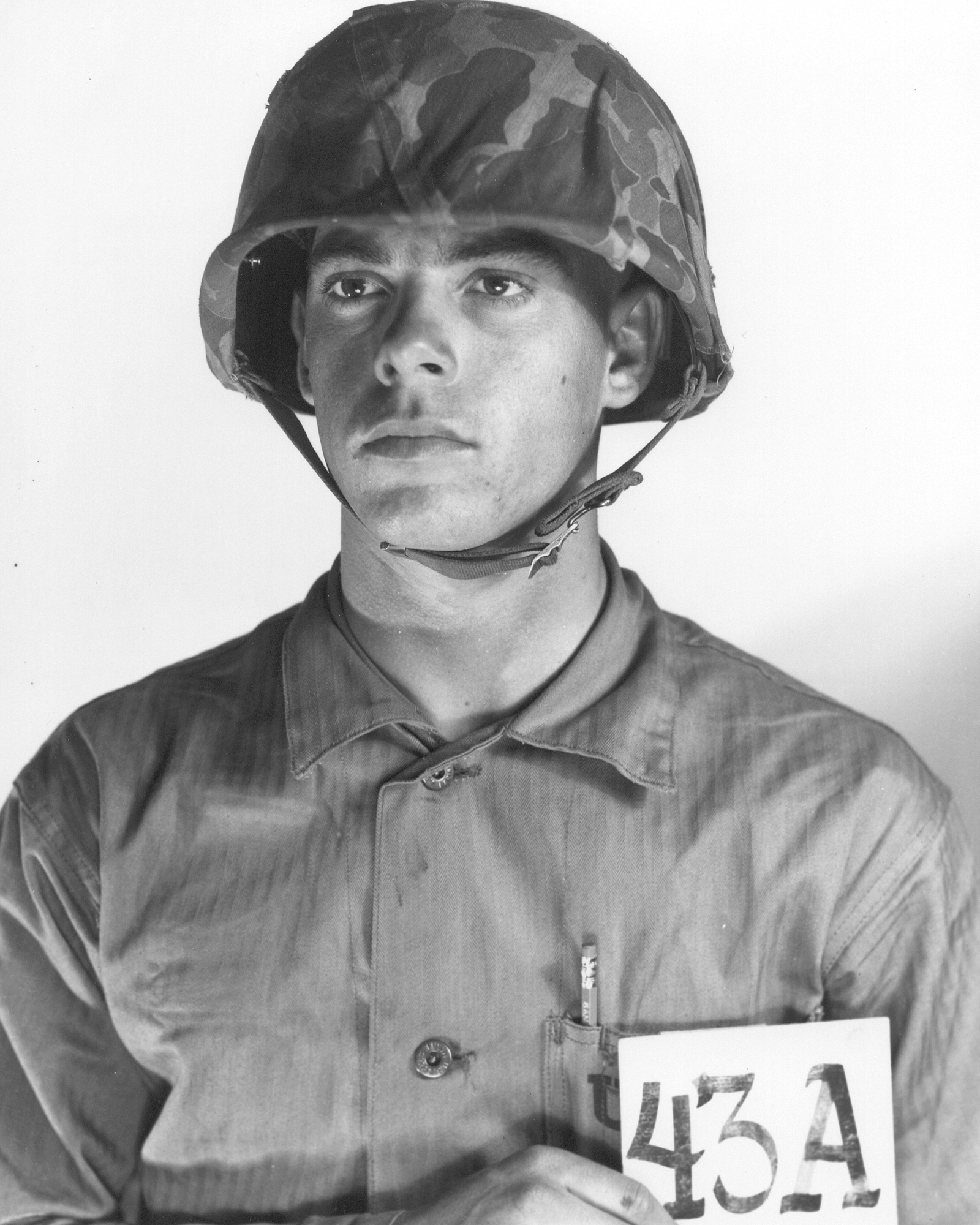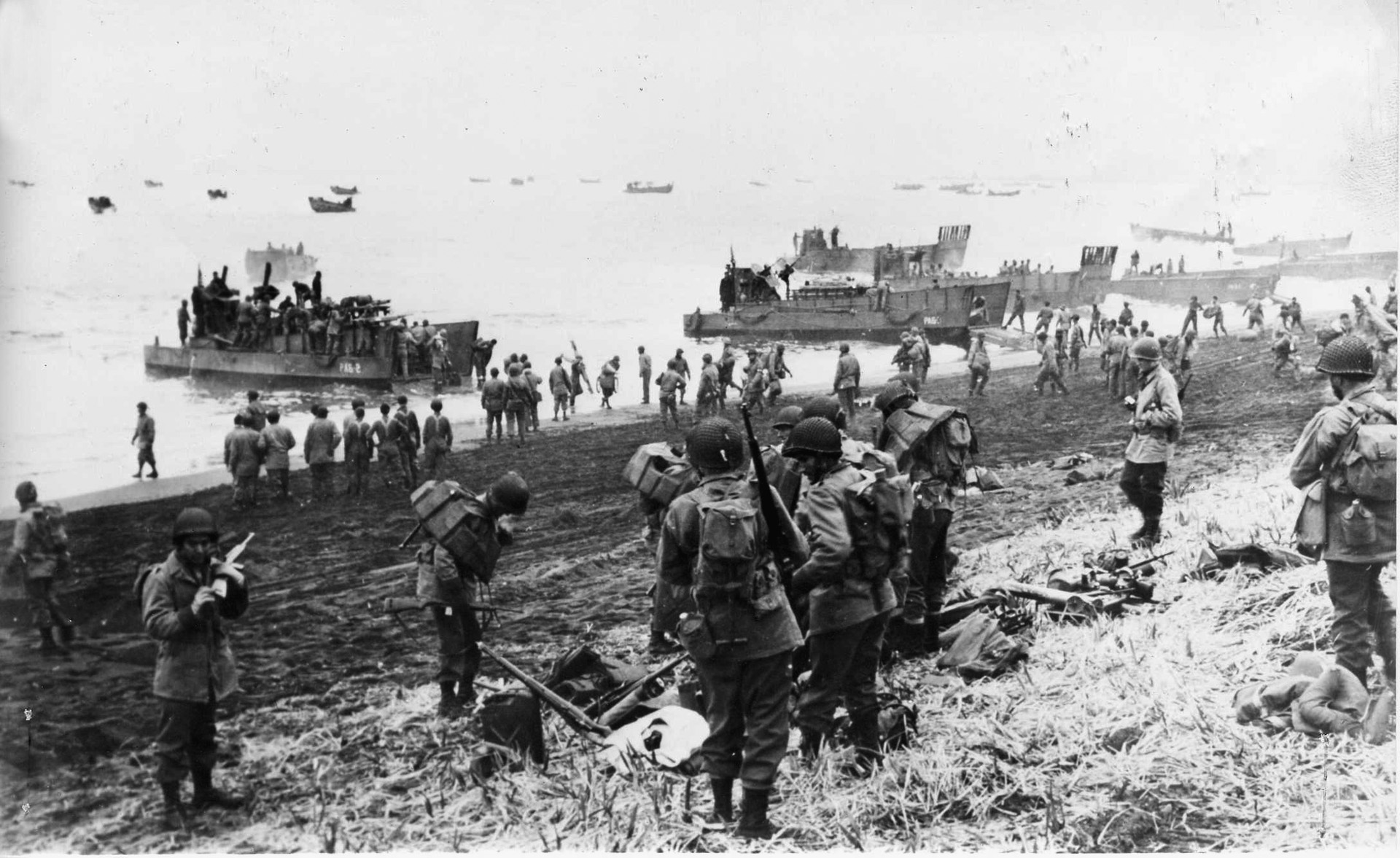Operation Steel Curtain was a pivotal military offensive in the Iraq War which unfolded in the turbulent autumn of 2005. Often overlooked by those without personal involvement because of its ridiculous name, it was nonetheless one of the larger battles of the war. This joint operation, spearheaded by US Marines alongside US Army units and the nascent Iraqi Security Forces, aimed to dismantle the insurgent stronghold of Husaybah, a strategically vital town nestled on the Iraqi Syrian border. The operation, characterized by fierce urban combat and a complex operational landscape, left an enduring mark on the course of the war, showcasing both the prowess and the challenges faced by coalition forces.
The Genesis of Operation Steel Curtain
By 2005, the Iraqi insurgency had escalated significantly, fueled by a steady injection of foreign fighters and weapons flowing across the porous Syrian border. Husaybah, with its strategic location, had become a critical transit point and operational hub for these insurgents, particularly for Al-Qaeda in Iraq (AQI) under the leadership of the ruthless Abu Musab al-Zarqawi. AQI's campaign of terror, targeting both coalition forces and Iraqi civilians, necessitated a decisive response. Operation Steel Curtain emerged as a key component of a broader strategy to disrupt AQI's networks, curb the flow of insurgents, and establish a lasting Iraqi Army presence in this volatile region.
The Marines Take Center Stage
The brunt of the fighting in Operation Steel Curtain fell upon the shoulders of the US Marines. The primary units involved were:
Regimental Combat Team 2 (RCT-2): This regimental-sized unit, commanded by Colonel Stephen W. Davis, formed the core of the Marine force.
3rd Battalion, 6th Marines (3/6): Led by the warfighter Lt. Col J.D. Alford, this battalion engaged in intense urban combat, beginning the fight in the ‘440’, a nub of buildings jutting from the otherwise rectangular city.
2nd Battalion, 1st Marines (2/1): This battalion, known as "The Professionals," played a crucial role in the assault on Husaybah.
Supporting Units: Various other Marine units provided critical support, including artillery, tanks, snipers, and aviation assets.
The Battle for Husaybah
On November 5th, 2005, over 2,500 coalition troops, spearheaded by RCT-2 (including yours truly) and elements of the Iraqi Army's 3rd Division, launched a synchronized assault on Husaybah. The operation combined ground forces, air strikes, and artillery barrages to overwhelm the insurgents. However, the Marines encountered fierce resistance from insurgents deeply entrenched within the urban landscape. Houses, mosques, and even subterranean tunnels had been transformed into fortified fighting positions.
The ensuing battle was a brutal test of urban warfare. Marines engaged in house-to-house fighting, clearing buildings room by room, often facing booby traps and ambushes. The close-quarters combat demanded courage and technical and tactical proficiency; even possessing those qualities, a heavy toll was paid. Even actions taken to soften targets, such as firing the main gun of the M1A1 Abrams through a building… Only managed to make the work more dangerous and difficult.
Casualties and Operational Outcomes
After ten days of intense fighting, (originally projected at 17, but Marines are the best after all), coalition forces secured control of Husaybah. Official US military reports documented the following casualties:
Enemy Casualties - An estimated 139 insurgents killed, 256 captured
Coalition Casualties - 10 US Marines killed in action, with an unknown number of Iraqi soldiers killed
The operation also resulted in a significant number of civilian casualties, a tragic consequence of the cowardice of terrorism. While precise figures remain uncertain, local sources reported higher numbers, underscoring the devastating impact of the conflict on the civilian population.
The Significance and Ripple Effects of Steel Curtain
Operation Steel Curtain carried profound implications for the Iraq War, which can be seen through the ripple effects even today.
Disrupting Insurgent Networks - The operation achieved its immediate objective of disrupting insurgent activity in Husaybah. Safe havens were dismantled, and the flow of foreign fighters was temporarily slowed.
Forging the Iraqi Army: Steel Curtain marked a crucial step in the development of the New Iraqi Army. Their participation in a large-scale combat operation provided invaluable experience and demonstrated their growing capabilities, albeit with continued reliance on coalition support.
Evolution of Tactics: The operation showcased the evolving tactics employed by coalition forces. Closer cooperation with Iraqi forces and a greater emphasis on counterinsurgency operations became increasingly important.
However, the operation also had unintended consequences:
Civilian Casualties: The significant number of civilian casualties fueled anti-coalition sentiment and exacerbated instability in the region.
Temporary Gains: While successful in the short term, the insurgents eventually regrouped and reasserted their influence in the area, highlighting the persistent nature of the insurgency.
Escalation of Violence: The operation contributed to a cycle of violence and reprisals, further intensifying the conflict.
In Retrospect
Operation Steel Curtain remains a complex and controversial chapter in the Iraq War. It demonstrated the tactical prowess of the US Marines and their ability to conduct successful offensive operations in a challenging urban environment. However, it also underscored the complexities of combating an insurgency, the difficulties in balancing military objectives with the imperative to protect civilians, and the limitations of achieving lasting stability through military force alone. The operation serves as a stark reminder of the human cost of war and the intricate consequences of military intervention.



%201.svg)









